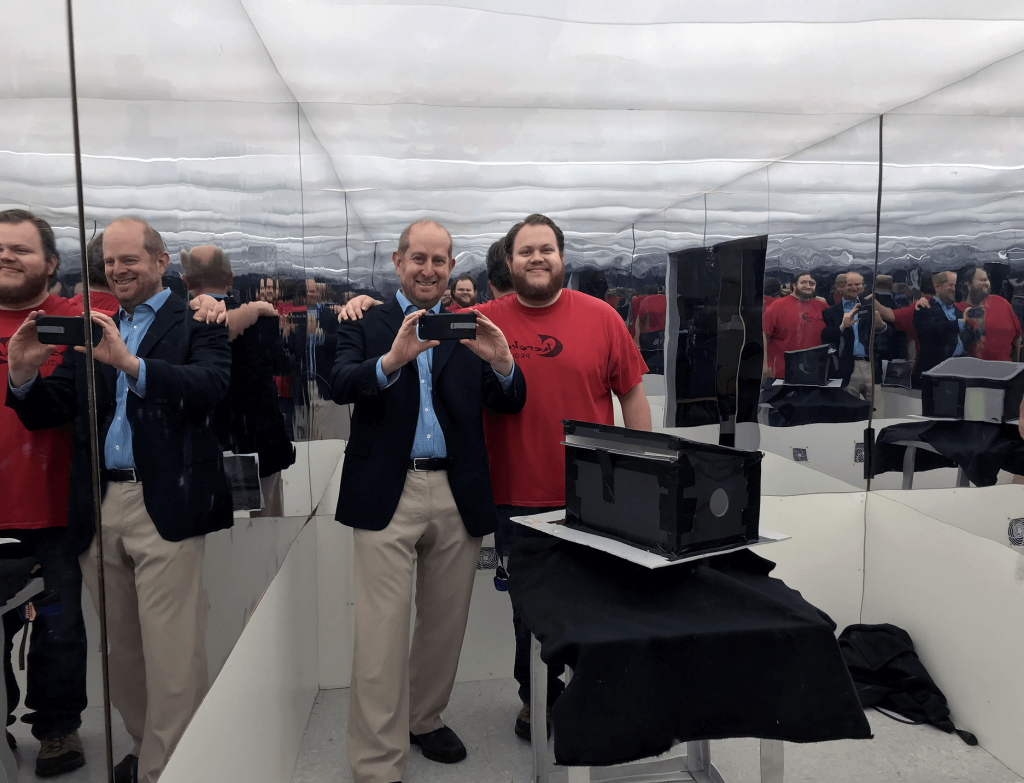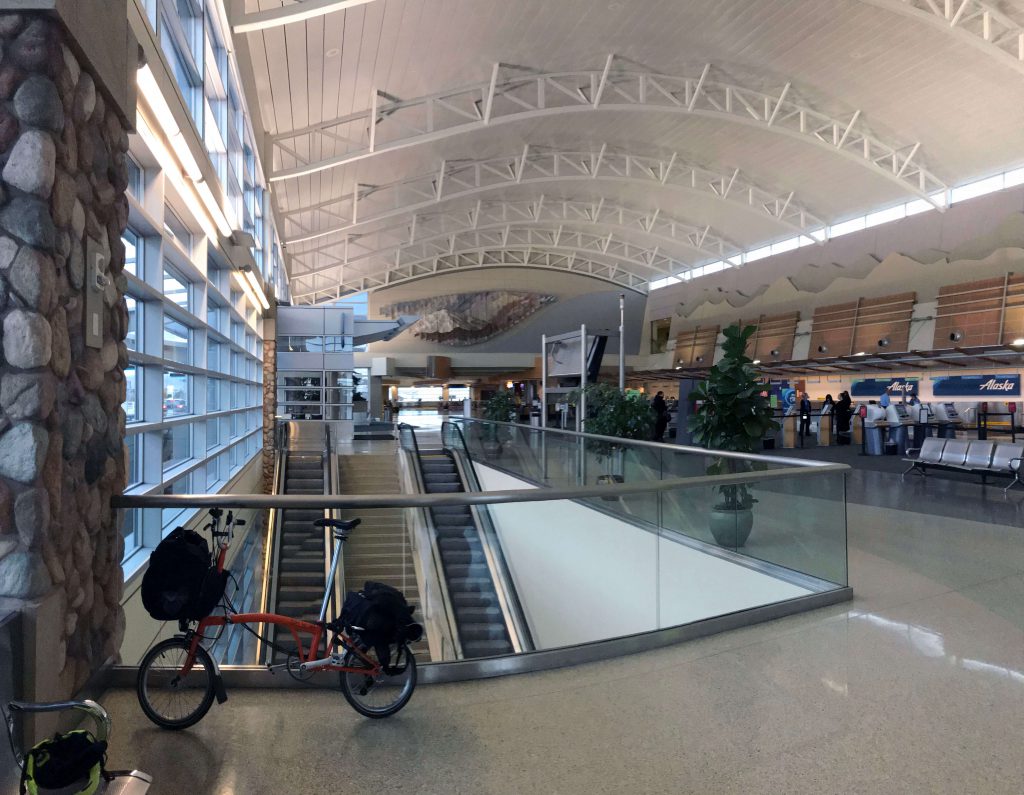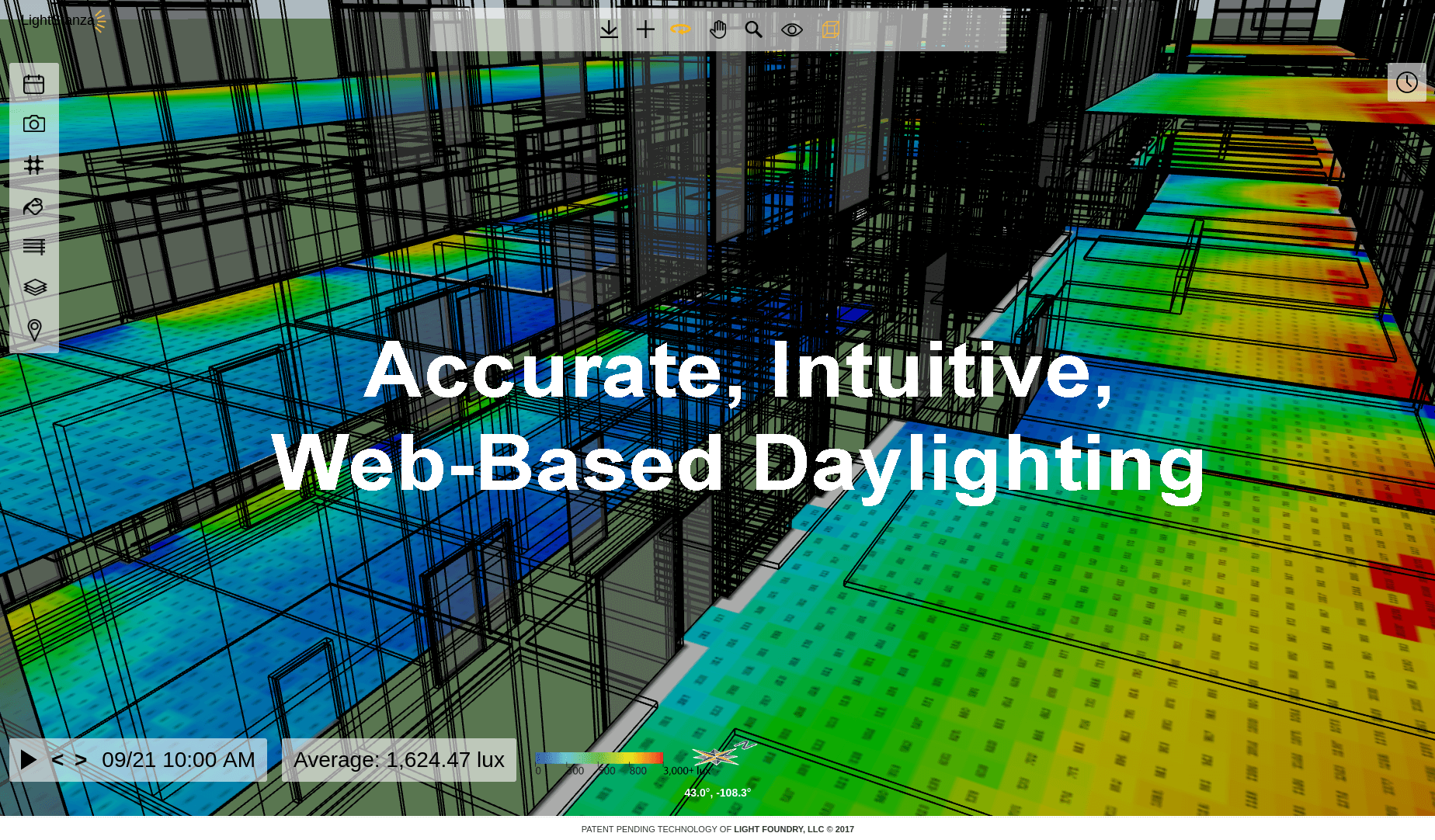12-1pm MT on Wednesday, November 15th
Integrated Design Lab – Classroom, University of Idaho
306 S. 6th St.
Boise, ID 83702
Daniel Glaser, PhD, and Sydney Nelson of LightStanza co-presented at the University of Idaho this fall. The talk covered the following topics:
Attendees learned how to successfully daylight buildings through the use of web-based computer modeling. During the first part of this session, challenges for building an easy to use, but high quality daylight tool were presented. Types of daylight analyses were shown through small case studies. This included ways of measuring the diurnal nature of daylight, the LEED and WELL certification system, and dynamic building products.
It was followed by a demonstration of leading edge daylight design methods from schematic design to construction documents using web-based software. Participants learned how to use their own 3D models to generate presentation-quality renderings and animations, false color analyses, and daylight glare probability scores. Attendees also learned how to measure illuminance in the form of full-day animated illuminance grids, annual metrics, and even LEED v3 or v4 scorecards. The class also showed how users can apply daylighting strategies such as dynamic glass, daylight redirecting film, dynamic blinds, and more for a holistic, strategic, healthy, and beautiful daylight design.
Learning objectives included:
1. Participants will learn best practices for where and how light is measured for daylight analysis.
2. Participants will learn how to incorporate blinds in accordance
3. Through a case study, participants will understand and learn how to evaluate spaces that do and do not comply with Annual Sunlight Exposure and Spatial Daylight Autonomy, as applied in LEED BD+C v4 EQ7.
4. Participants will learn how several variables including climate, point spacing, and materials

Dan and Dylan Agnes, a Research Scientist at the Integrated Design Lab at the University of Idaho, enjoyed the uniform sky box after the presentation 
Dan’s fold-up bike made it to the Boise Airport!

